From Algorithm to Art: AI Art in the Context of Contemporary Art
01/Introduction
When OpenAI's ChatGPT achieved a user base exceeding one hundred million within just two months of its release, it heralded the emergence of an era dominated by artificial intelligence (AI). We can predict that in the near future, AI’s applications will permeate all domains of human societal life, including the realm of art. Indeed, an increasing number of artists today are already harnessing AI technologies in their creative endeavors. However, if we peel back the veneer of this AI-driven artistic creation phenomenon, we would find that its paradigm of creativity diverges significantly from the conventions typically associated with traditional artistry.
When we contemplate the realm of AI art, in addition to the distinctive talents of the artist, we are invariably drawn to consider the technology and algorithms unique to this emerging field, such as machine learning, autonomous deep learning, and neural networks. The bedrock of these complex AI technologies is mathematics. Mathematics not only forms the basis of AI algorithms but also serves as a source of inspiration in the creation of AI-driven art. It provides a universal language and a set of tools, enabling AI to comprehend, describe, and generate a plethora of different artistic forms, such as painting, music, and literature. This discourse aims to dissect the underlying logic of AI from the perspective of mathematical principles, and to explore its dynamic manifestations within the arts. It seeks to illuminate the pivotal role mathematics plays in both AI technology and artistic creation, and to explore the ontological characteristics of AI art in the context of an interconnected digital environment, as well as its future developmental prospects.
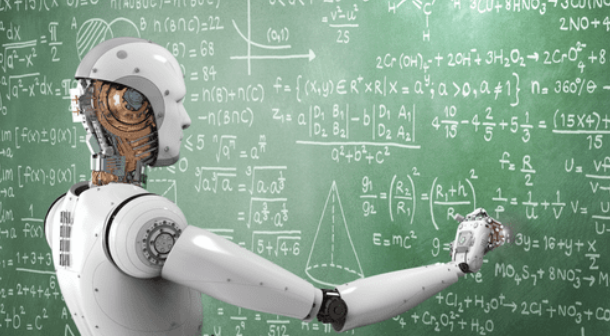
Figure 1. Mathematics is the basic language of AI
02/Mathematics: The Ultimate Art of Human Wisdom
Mathematics finds its roots in early human productive activities. In the six arts of the ancient Chinese gentlemen—"rites, music, archery, charioteering, calligraphy, and mathematics"—mathematics claims an essential position. Meanwhile, in ancient Greece, viewed as the cradle of Western civilization, mathematics was considered the point of origin for philosophy. Pythagoras even proposed the philosophical concept that "all is number," which underscores the significance of mathematics in the development of human civilization.
Contrary to the empirical observation intrinsic to physics, mathematics arises entirely from the abstract numerical logic conceived by human imagination. Whether it is the binary system widely used in computers, the decimal system prevalent in everyday human life, or the duodecimal system representing time, all originate from the collective imagination of humanity. The development of mathematics has been woven into the entirety of human civilization's history. From its earliest beginnings in simple counting, mathematics has gradually evolved into an independent discipline, finding broad application across various sectors of human society. It might not be an exaggeration to assert that human civilization is constructed atop the bedrock of contemporary mathematics. Were humanity to discover that "one plus one does not equal two," the fundamental understanding of our world might inevitably collapse.
Mathematics is not only an abstract concept set that allows humans to understand natural laws and the essence of things, but it also epitomizes the crystallization of human collective wisdom. When the concept of the number "1" emerged from the imagination of our ancestors, humanity marked the first point of origin on the canvas of numerical art. From that point, a grand opus has been extended over the long course of time, a testament to our expansive journey.
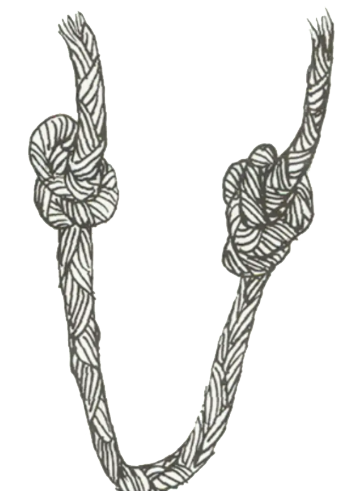
Figure 2. Knotted rope counting is considered one of the earliest symbols in human’s conceptualization of numbers.
This is particularly apparent in the 21st century, where AI technology is extensively employed in the artistic creation of digital images, videos, and sound, showcasing the sublime beauty of numerical logic. Through the exquisite landscapes generated by AI, we are privy to the mathematical logic and generating code behind them. This allows us to deeply appreciate how seemingly dry mathematical equations and numbers can be transformed into a blossoming flower, revealing itself before our eyes.
03/The Birth of Artificial Intelligence Carriers
The emergence of the world's first general-purpose computer, "ENIAC," in 1946, marked humanity's entrance into the computer age. ENIAC made use of a vast array of vacuum tubes and electronic components, enabling it to undertake complex computational tasks at a pace significantly faster than humans using various tools like the abacus. As such, it was dubbed a "Giant Brain" in its time. The calculation system this computer employed was still the "decimal" system familiar to humans, where each number was controlled by ten electronic switches that could be combined into numbers. However, ENIAC’s running components frequently became overloaded and damaged. This prompted humans to discover, through continual research into machines and circuits, that "binary" was the most suitable calculation system for computer operation.
Compared to the decimal system, binary is composed only of the digits 0 and 1, making it simpler than the decimal system. All operations within a computer can be executed through simple logical operations, thus greatly simplifying the design of computer circuits and facilitating the processing of vast amounts of data.
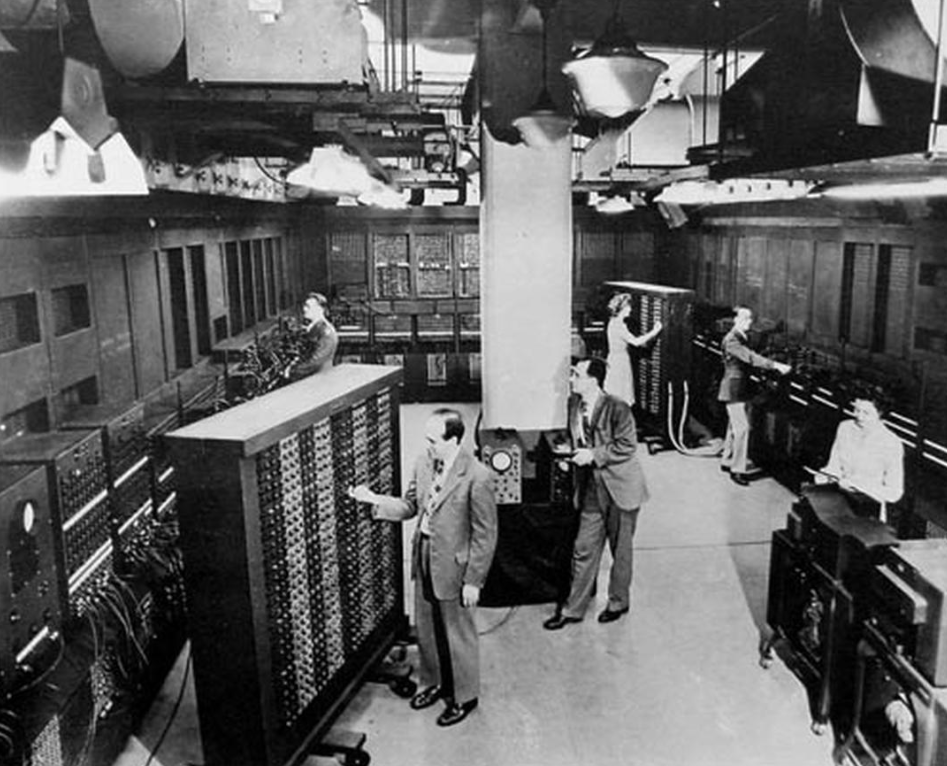 Figure 3. The world's first computer, ENIAC
Figure 3. The world's first computer, ENIAC
Since then, humans have started to constantly study and expand computer technology based on binary systems. In less than a hundred years, the computing speed of computers has increased from 5,000 times per second to 'supercomputers' that perform 51.3 quintillion times per second. Especially in the last 20 years, the development of computer hardware and software technology has been particularly rapid, providing a solid foundation for the emergence of artificial intelligence technology.
Artificial Intelligence (AI) is defined as a computer science technology that simulates human intelligence. It involves enabling machines to exhibit capabilities akin to human intelligence, such as learning, reasoning, natural language processing, visual perception, and decision-making. The goal of AI technology development is to create machines that can think and act like humans, thereby fulfilling tasks in areas beyond human capacity, such as complex data processing and repetitively laborious mechanical work.
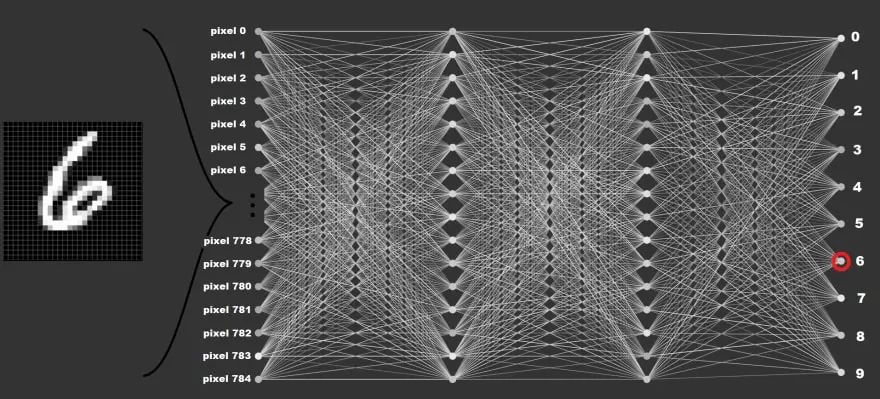
Figure 4. AI in visualization form
In fact, the aforementioned definition of "Artificial Intelligence" was proposed as early as the 1960s. It is worth noting that the terms "simulate" and "akin to" in this definition play a crucial role in our fundamental understanding of AI from a logical perspective.
Unlike humans, AI is a technology based on computers and network systems, rather than a biological entity. AI technology is a simulation of human intelligence; it cannot entirely replicate human intelligence. Instead, it draws upon human cognitive methods and approaches, employing computer systems to achieve task-oriented work.
04/ From Infant to Grand Master
From 1950s, the field of AI gradually emerged as a significant branch of computer science. Early AI research mainly focused on rule-based expert systems and knowledge reasoning. These systems operated relying on a plethora of manually written rules and knowledge. For instance, early image recognition depended on manual annotation of individual objects.
In 2016, more than six years prior to releasing ChatGPT, OpenAI had already achieved a milestone breakthrough: its AI system successfully defeated the then top-ranked Dota 2 player, Danil "Dendi" Ishutin. This may not have been a noteworthy news headline for many people. However, for those well-versed in e-sports, this was akin to Michael Jordan being defeated during his prime in the realm of basketball.
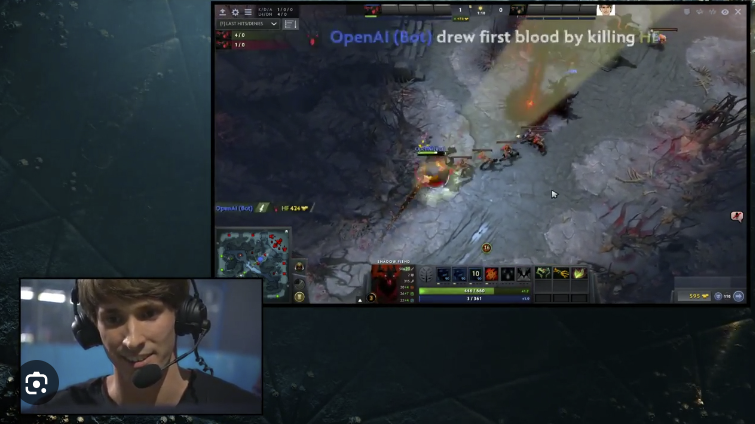
Figure 5. AI defeats e-sports player Dendi.
This event symbolized a breakthrough in AI's application in the gaming domain and demonstrated its potential in complex decision-making and strategic planning. Undoubtedly, this achievement was made possible due to the application of deep learning technologies, particularly complex neural network architecture such as convolutional neural networks (CNN) and recurrent neural networks (RNN). This enabled AI to achieve historic breakthroughs in fields such as image recognition, speech recognition, and natural language processing.
Today, AI has achieved impressive results in numerous fields, including practical application scenarios such as autonomous driving, medical diagnosis, and financial risk control, as well as in areas such as visual arts creation, music generation, and literary creation. The continuous optimization of deep learning technologies and the advent of the big data era have endowed AI with the capacity to handle highly complex tasks. Simultaneously, it has also challenged traditional paradigms of artistic creation to a certain extent.
05/Technical Ethics of Artificial Intelligence
In recent years, AI image processing software has emerged as a significant player in the field of artistic creation, thanks to the development of deep learning technologies, especially the application of Generative Adversarial Networks (GAN). An example of this is the currently popular AI image generation software, "Midjourney," which can accomplish tasks such as image style transfer, automatic filling, and image synthesis. This type of software leverages neural networks to learn from a vast amount of art pieces, capturing various styles and techniques, and applying them to new images. With this technical approach, artists can effortlessly integrate their creations with classical or contemporary art styles, thereby obtaining unique artistic expressions or languages.
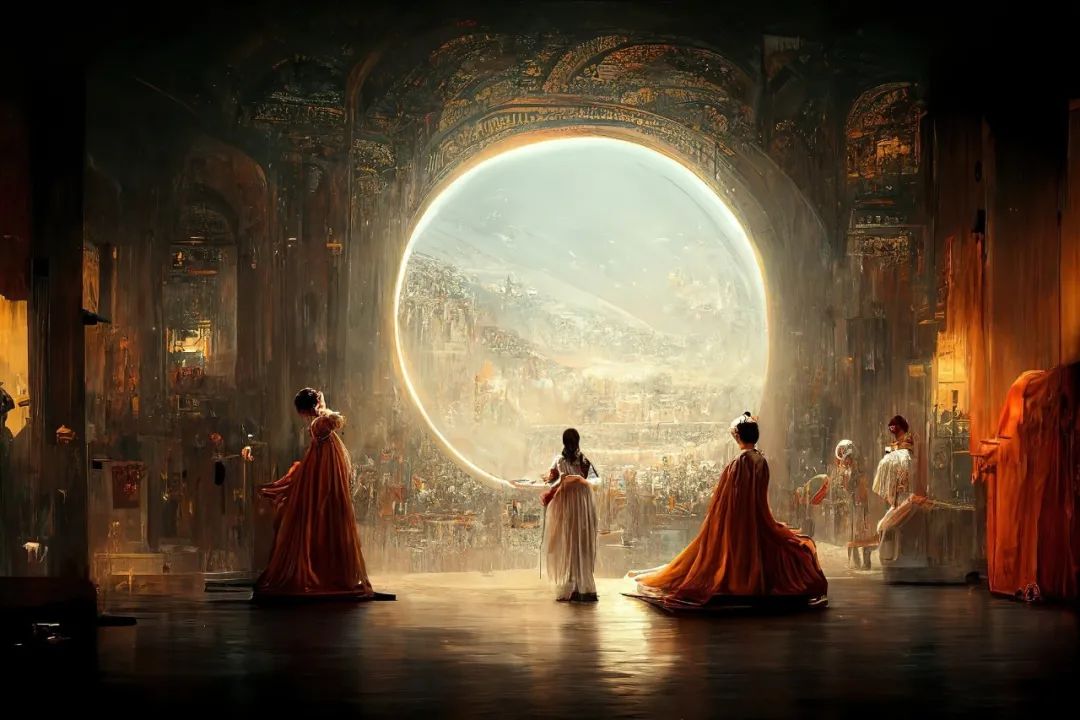 Figure 6.Théâtre_D’opéra_Spatial, the AI image created by Midjourney
Figure 6.Théâtre_D’opéra_Spatial, the AI image created by Midjourney
Of course, this also brings many new interesting topics. For instance, do these auto-generated images suggest that their creativity also originates from AI? The answer is negative. From an operational perspective, AI images are generated by continually learning from human-made paintings, graphics, photography, etc., and optimizing the algorithm to deliver satisfactory results for humans. In the evolution of AI technology, humans judge the merits of its algorithms by focusing on results rather than intentions. Only the AI algorithms that produce satisfactory results are retained and further developed, while the disappointing algorithm models are discarded. Therefore, the creativity of these AI-generated images still stems from human value standards and collective experience. Particularly, some images inspired by past artists' and photographers' individual styles can be attributed to users' thoughts during creation, which originate from past images and visual information.
Will AI achieve conscious awakening and thus generate artistic inspiration independent of humans? This is a broad and widely discussed topic. Perhaps we should approach it from the perspective of self-consciousness in life. What truly guided humans from primitive survival to the splendor of civilization was not the Industrial Revolution, nor the discovery of the New World, or even the usage and mastery of fire. Rather, it was the moment 450,000 years ago when our ancestors looked up at the stars. It was the birth of imagination in early stages of life and the subsequent awakening of self-consciousness as it evolved.
Indeed, some argue that human creativity also originates from learning past knowledge. In this line of thought, the outputs generated by AI after learning human past knowledge could also be regarded as a form of "creativity." However, although they seem to converge in form, the processes of human and AI creativity are markedly different. Human creativity is an outward expansion inspired by past knowledge, extending the tendrils of thought into previously unexplored voids. AI creativity, on the other hand, operates based on received instructions and searches for the optimal match within its internal knowledge base according to pre-written human algorithms. These algorithms, as a part of mathematics, are also products of human imagination.
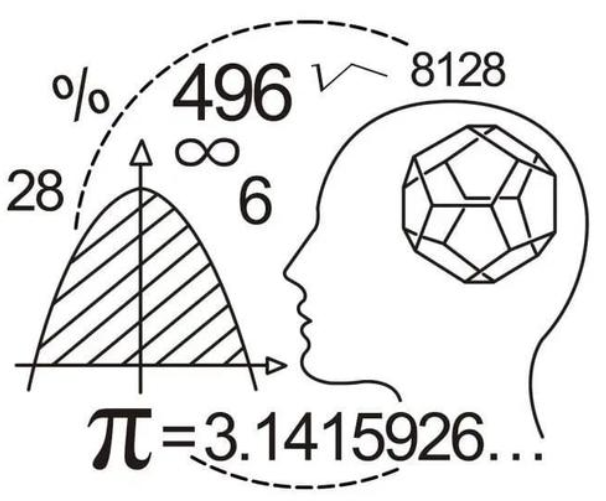
Figure 7. Mathematics originates from human imagination
This distinction can be compared to the difference between the energy produced by human digestion and the energy derived from directly burning food. On one hand, both processes produce energy, but the energy generated by human digestion goes through a series of chemical and biological reactions. On the other hand, burning food for fuel merely involves a basic oxidation process, highlighting a fundamental difference.
Therefore, regardless of how fast computer hardware performance improves or how rapid the development of AI is, as long as its underlying logic – "binary" – remains unchanged, it will forever be a faithful servant of humans. The binary system that drives the operational rules of AI originate from human imagination. AI can be likened to a remarkable segment in a dream. Thus, the low-dimensional "binary" form of AI does not possess human "imagination." Even if it has evolved to high-dimensional systems like "Midjourney" or "ChatGPT," there won't be content innovation in the true sense. All its performances and outputs are "knowledge-based" feedback after learning from human cognition. It's a high-fidelity simulation of human thinking, creation, and communication, rather than another form of life intelligence. Even if "ChatGPT" were to announce plans to destroy humanity, it would be merely a linguistic expression, not indicative of a conscious intent or thought to do so.
Turing Award winner LeCun once vividly illustrated the limitations of AI with an example: "AI can pass the bar exam because the content of the exam stays strictly within the written realm. However, AI can't possibly install a washing machine on its own, whereas a ten-year-old child could learn how to do it in just a few minutes." This is because even the most advanced AI today does not possess human "cognitive ability." Until this issue is resolved, AI cannot have real "intelligence" and can only mimic intelligent human behavior, as its definition suggests.
This also reflects another key characteristic of AI, "obedience to rules." The "rules" here do not refer to the rules of the tasks AI performs. For example, when playing Go, AI does not abide by the conventional "rules" established in Go textbooks written by masters of the game. Instead, AI follows the rules of the Go AI program itself, i.e., "continually trying, correcting, and evolving."
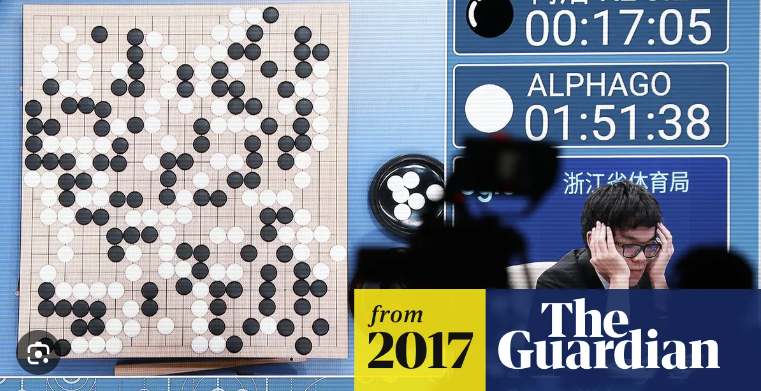
Figure 8. Continuously iterative evolution through powerful computing speed, as seen in Go AI.
When I was studying machine learning algorithm development at MIT, I experienced this profound characteristic of AI. At that time, my mentor advised me to avoid the "information cocoons" in the AI programs. I didn't fully understand it until later, when I participated in a project for Netflix to write an AI video recommendation algorithm. I discovered that I could manipulate AI to shift the focus of recommendations to users by adjusting the program, and could probe into user behavioral habits and preferences. When I issue a command to the AI, it would invariably carry out my order, the results might not be satisfactory, but it demonstrated immense "loyalty" to the programmer.
A term we often hear now is "algorithmic hegemony," which is fundamentally caused by the capital that creates and proliferates these AI systems. Under the control of capital, algorithms that excel at constructing "information cocoons" have become popular, as they not only save substantial computational resources but can also easily manipulate and guide the ideological beliefs and even consumption behaviors of users within these "cocoons." This is akin to a form of "mind control."
If AI is likened to a blacksmith of extraordinary abilities, who spends a lifetime accompanied by a blazing furnace and a roaring hearth, continually honing their craft; then humans are the explorers, daring to venture into the dark sea of cognition with a torch in their hand.
Therefore, the emergence of AI technology does not necessarily imply that artistic creation has become simple, nor that everyone can become an artist. On the contrary, the difficulty of artistic creation might significantly increase due to the advent of AI. This is because many visual scenes, once unimaginable, can now be swiftly realized with the aid of AI, and content that was once tucked away in the corners of the human knowledge treasury can be brought back to life through AI. The gap in visual and technical resources between artists is rapidly narrowing, while the quality of artistic creation will increasingly depend on the individual artist's artistic intuition, knowledge reserve, rich life experience, and avant-garde artistic concepts.
06/The Impact of AI Technology on Future Art
The invention of photography in 1839 marked the beginning of a new era of image production and significantly impacted the world of painting, especially in the fields of portraiture and historical themes. People panicked that photography would replace realistic painting. Before the invention of photography, visual arts were mainly presented through forms like painting and sculpture. The artistic images in these works often required artists who had undergone years of rigorous training and had innate talent to invest a significant amount of time and energy in their creation. These works were also challenging to replicate on a large scale. Even prints, which represented the concept of "multiplicity," could not match photography in terms of the efficiency of pure mechanical reproduction.
However, as photography technology gradually evolved, it became a multifunctional image tool and an independent form of photographic art. Photography not only entirely dominates the recording of images in social life, such as news events, life scenes, and fashion trends, but it also influences the way art is created, enhancing the perspective and context of artistic expression. Traditional painting creations are often limited by technical and time constraints, making it difficult to fully capture the details and dynamics of the natural world. However, the emergence of photography provided artists with the possibility of capturing moments and details, thereby promoting more diverse artistic creation.
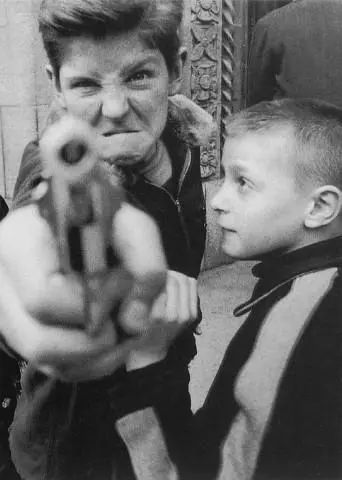
Figure 9. William Klein, Gun 1, 45.4×33.3cm photography, 1954
Perhaps the same scenario is set to replay in the future of artistic creation and production. The advent of AI, much like the sudden emergence of photography in its time, will have profound impact on future forms and methods of artistic creation. First and foremost, the means of artistic creation will be further broadened. The impressive performances of AI technology in visual image composition, color, light, and shadow are poised to dissolve the last technical barrier for professional artists: long-term specialized image training. In the art of the future, artists might not require rigorous image training, such as foundational modeling, image composition, and Photoshop editing, to achieve their ideal images. Furthermore, AI technology will also offer possibilities for interdisciplinary artistic creation, developing into an unimagined artform and methodology. More collaborative ventures will emerge between artists and professionals from various fields like programmers, engineers, and scientists to explore and practice the fusion of art and technology, thereby creating novel artistic forms and experiences. Technologies like virtual reality, augmented reality, and metaverse can provide artists with unique presentation methods, enabling audiences to immerse and engage more deeply with the art pieces.
It might be the case that as artists start to employ AI in their creative process, a dichotomy within the creator group might manifest. This division is dictated by the knowledge background of the creators, as understanding the operational principles of AI necessitates a knowledge foundation in mathematics and computer science. Amid the future wave of AI art, there will be a proliferation of works identified as "paintings," "photographs," "films," "illustrations," and "designs," all generated through AI technology. Although these pieces appear to utilize AI technology, they are extensions of their original art forms in terms of generative logic and do not truly represent AI art.
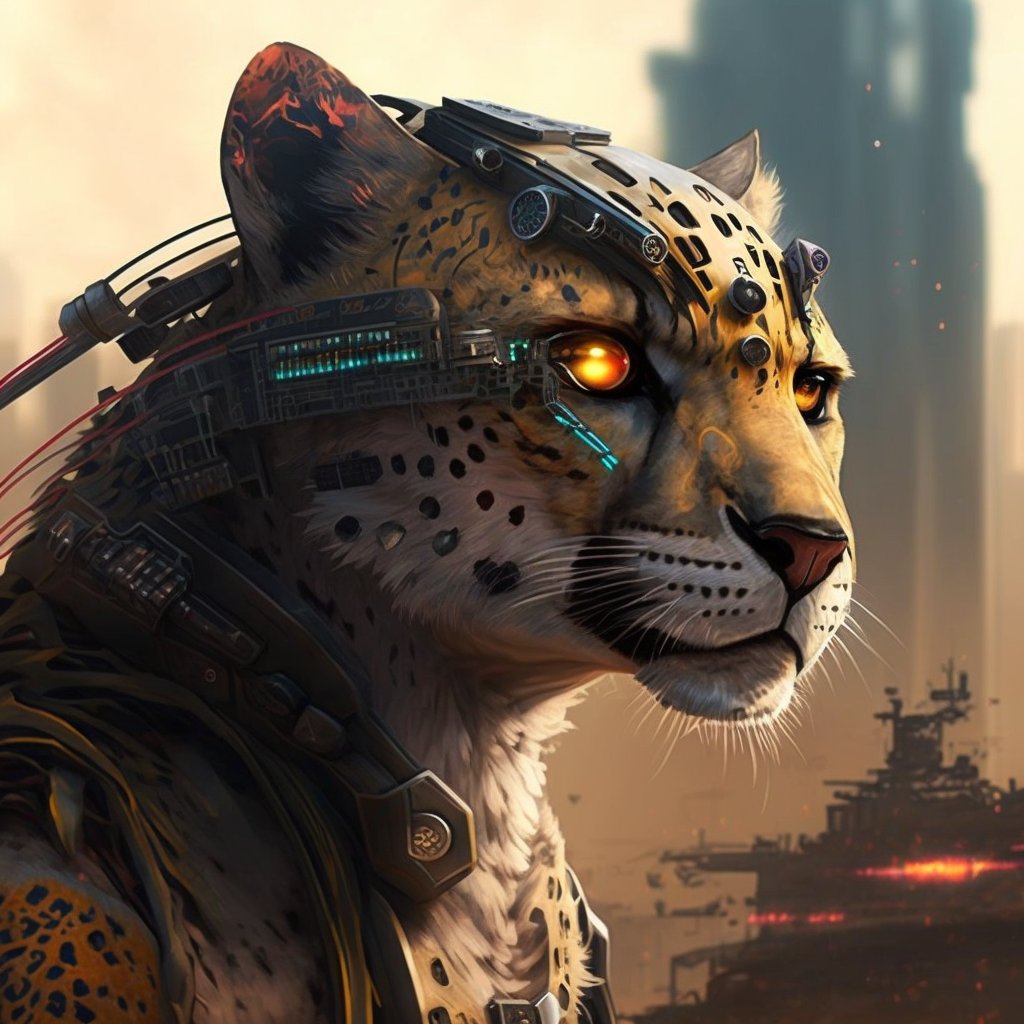 Figure 10. Artist Chen Tianchan's AI artwork ‘Concept Map,’ quickly generated using AI technology
Figure 10. Artist Chen Tianchan's AI artwork ‘Concept Map,’ quickly generated using AI technology
So, what constitutes AI art? In the conventional process of digital art creation, artists must meticulously edit every detail and every inch of their piece. While providing inspiration, they need to pay attention to various technical means and minor adjustments in the presentation aspect of their work. The most significant characteristic of AI art, however, is "generation." In the process of AI art creation, the artist resembles a playwright and director. They only provide their creative ideas, then translate these into a "prompt" that AI can comprehend. Cooperating with the AI computation system, they can produce a piece that approximates or fully realizes the said "prompt." Thus, for artists using AI in their creations, not only do they need forward-thinking artistic concepts and the sublimation of inspiration, but they also need sufficient technical understanding of AI to produce excellent AI art pieces.
The advent of AI does not mean that any artwork produced using AI can be classified as "AI art". This perception has much to do with the early creative ecology of AI art. In the early phase (2018-2020), the primary creative ecology of AI art could be summarized as "non-open-source models and shared creative methods". This was because the models used in the initial development of AI art were relatively immature. Just generating a single image could take a considerable amount of time, so the primary objective was to optimize the model's performance and efficiency. Artists had not yet begun to train models personalized to their unique creative style.
Simultaneously, in the early stage of AI art, artists' main explorations were focused on the "prompts" or so-called "spells" used in the creative process. As the efficiency of the early models was relatively low, in order to quickly discover effective and practical "spells", artists and programmers spontaneously formed various creative communities. Within these communities, people shared the "prompts" they used, documenting and organizing a large number of very practical "spells" in the process.
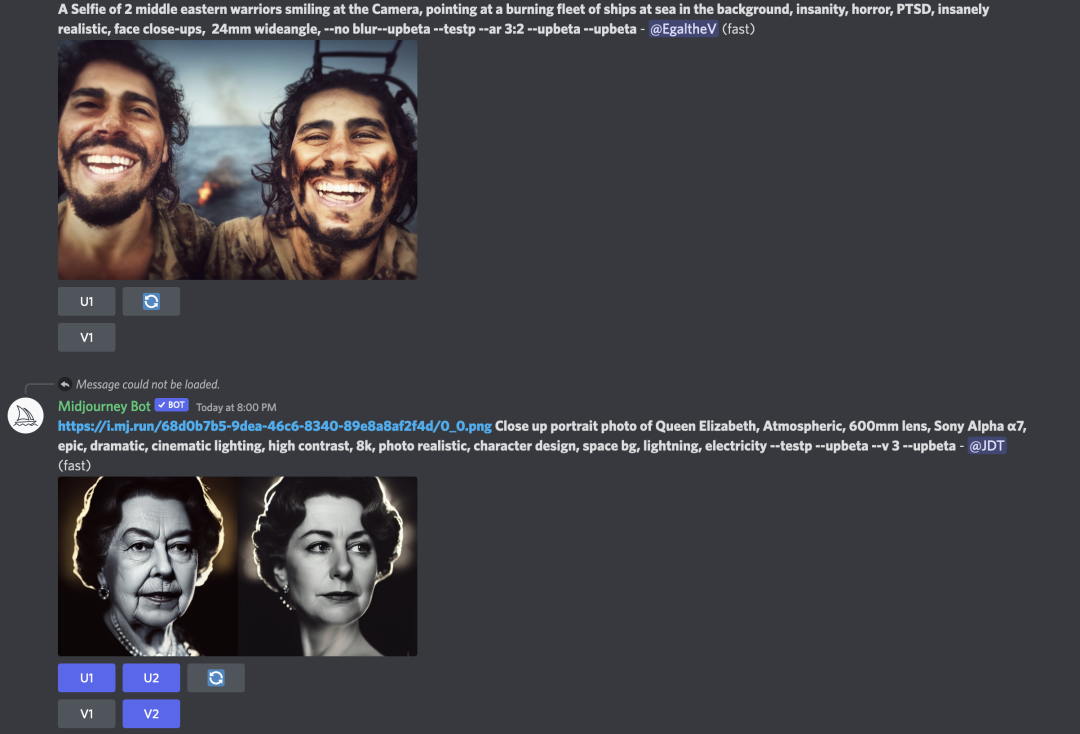 Figure 11. AI images of different content generated by different "spells"
Figure 11. AI images of different content generated by different "spells"
This phenomenon greatly propelled the development of AI art in its early stages, but it also brought about serious copyright issues. As early models were predominantly non-open source, such as the AI image software Midjourney, which operates on a non-open-source model on Discord, this meant that all creators were using the exact same model. When a creator disclosed their "prompt", others could simply input the same "prompt" and receive an image very similar to the original. For instance, if a creator used the "prompt" on Midjourney: "Musk riding a rocket in space, black background, Pop Art style," another creator could simply copy and paste this content into Midjourney to produce a very similar image. In such a scenario, to whom does the copyright of the image belong, and how should the artist's personal creativity be expressed? This issue greatly stimulated and pushed the creation of AI art, leading a portion of artists to voluntarily withdraw from the creative community and begin training their own AI models, thereby ushering AI art creation into the current 2.0 era.
Due to the gradual maturation of AI models, the current creative ecology of AI is distinctly different from the past. An increasing number of model developers are opting to open-source their programs, allowing individuals to freely download the source code of these models and make personal adjustments. Furthermore, given powerful enough hardware, creators can even train their own AI models. This transformation has led to localized AI software truly belonging to the creators, and people have gradually evolved from being mere "users" to "artists". Artists can instruct AI to rapidly "project" their inspirations into reality through code and commands, thereby assisting their creative thinking and artistic creation.
 Figure 12 Artist Chen Tianchan's AI artwork ‘Infinitus,' created using personalized AI models, 1920×2560 resolution, AI video
Figure 12 Artist Chen Tianchan's AI artwork ‘Infinitus,' created using personalized AI models, 1920×2560 resolution, AI video
Therefore, we can answer the aforementioned question: AI art is a form of artistic content produced by personalized AI models trained with an artist's style and creative thoughts. Of course, this content is not confined to data file formats such as images or digital video. AI art can be transformed through artistic mediums, from digital images and videos into various mediums such as intaglio prints, water-based woodcuts, ceramics, sculptures, spatial installations and more. However, its core remains the same: it is the artistic content produced by personalized AI models trained with an artist's style and creative thoughts. The underlying logic and thinking of these artists have deviated from the traditional path and are built on the foundations of AI technology and an ever-evolving digital medium and network environment. This demonstrates that AI acts merely as an important tool in the creative process rather than the source of creativity. The real driving force behind AI art remains the artist's conscious imagination and creative expression.
In the era of AI art creation 2.0, are the non-open source models and programs from the 1.0 era no longer suitable for artistic creation? In my opinion, even though these non-open source models may no longer meet the need of artists to express their unique styles today, they still serve as a great way to seek inspiration. Precisely because the operational logic of AI is entirely different from humans, many concepts that human creators subconsciously adhere to when designing images, and even biological instincts, do not affect AI. Therefore, AI often presents content distinct from traditional visual experiences, providing artists with valuable inspiration for their creations.
In the future, we will see more unimaginable AI art works that will redefine our understanding of existing art, challenge our perceptions, and greatly expand our visual and aesthetic experiences. People will reconsider profound questions - What is art? What is the relationship between art and technology, the ethics of technology, the value of art, and the social role of artists? This will push the art world to self-update and challenge traditional views of art, further enriching and expanding the diversity and inclusivity of art. These AI artworks, marked by distinctive era characteristics and an innovative spirit, will gradually carve out a new high ground in the field of contemporary art.
About the author and artist
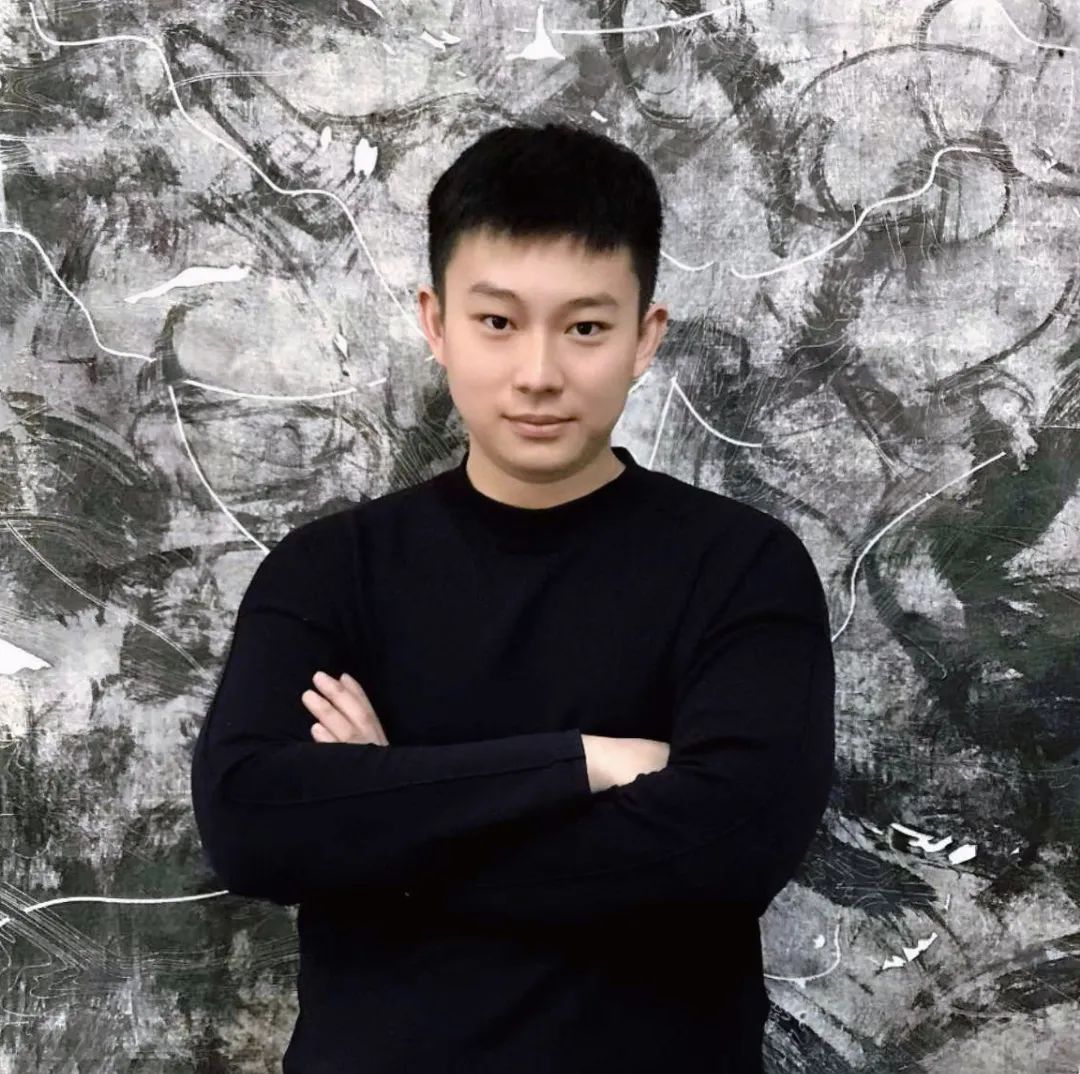
Chen Tianchan is a dedicated and passionate artist with 10 years of academic experience in mathematics, programming, and artificial intelligence. He graduated from the Machine Learning Program at the Schwarzman Computer College, Massachusetts Institute of Technology(MIT).
With the education background of Master of Arts degree from Alfred University, Bachelor of Mathematics from New York University and the University of Wollongong, his artwork demonstrates profound foresight and rational beauty, rapidly spreading worldwide.
Between 2019 and 2021, as a member of Beijing ElightV Technology Co., Ltd., Tianchan Chen participated in the research and development of XR technology software and the implementation of art market expansion. He possesses exceptional skills in text translation, cross-cultural communication, brand management, and data analysis, exhibiting outstanding abilities in academic presentations within the realms of art and technology.
Courtesy of the Artist.
Related articles
-
 JINGART fair brings together top galleries from several countries
JINGART fair brings together top galleries from several countriesMore
-
 3rd China-Europe Intl Art Biennial kicks off in Vienna, Austria
3rd China-Europe Intl Art Biennial kicks off in Vienna, AustriaMore
-
 Strokes of Harmony
Strokes of HarmonyMore
-
 Chinese Ink Painting: Fusing Soul and Nature
Chinese Ink Painting: Fusing Soul and NatureMore
-
 Art exhibition on Malaysia's cultural heritage tightens ties with China
Art exhibition on Malaysia's cultural heritage tightens ties with ChinaMore
-
 Cultural Relics Forbidden to Be Exhibited Abroad - Tiaoxi Poetry Volume
Cultural Relics Forbidden to Be Exhibited Abroad - Tiaoxi Poetry VolumeMore
